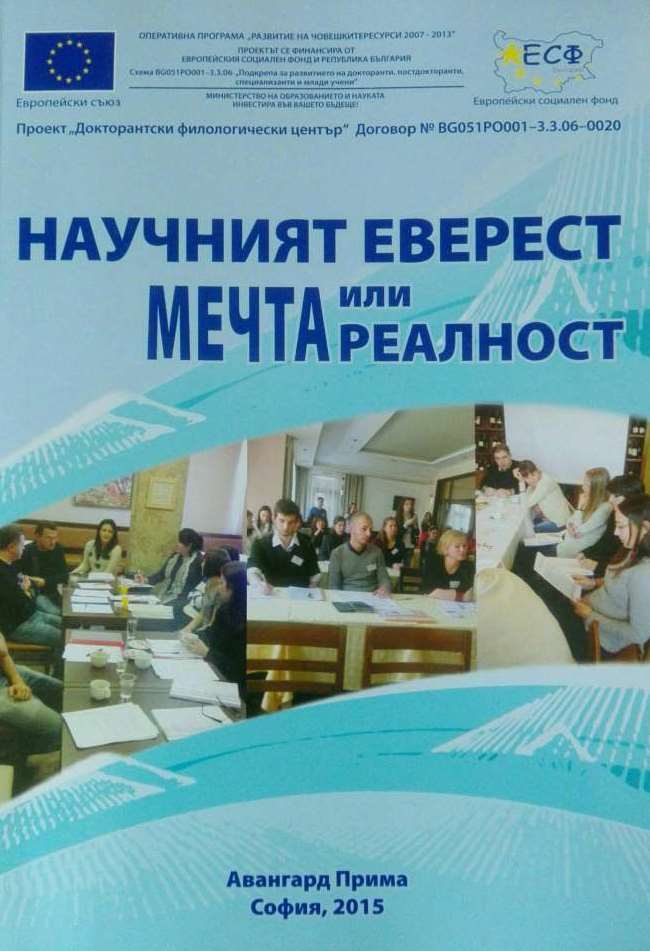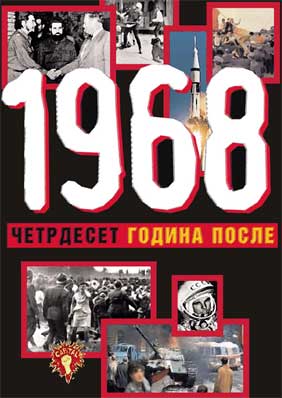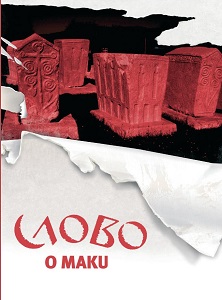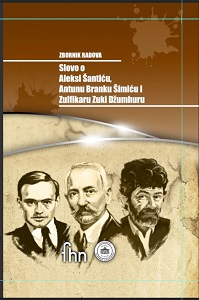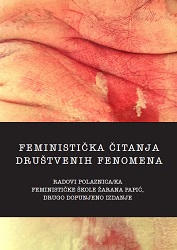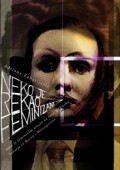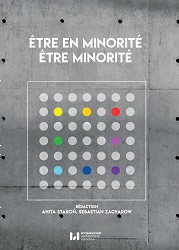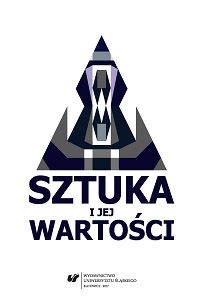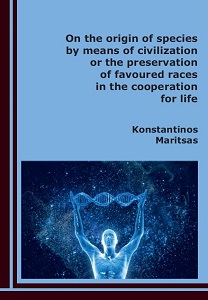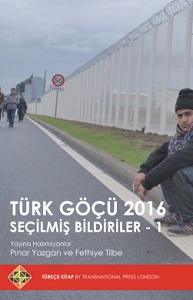Author(s): Anja Suša / Language(s): Serbian
Publication Year: 0
1960s brought about liberalization in all spheres of life. Thanks to her specific policy, Yugoslavia was in a special position, constantly balancing between consumerist influences of the West and the communist ideology. The achievements of counter-culture left their marks on all arts, and thus on theatrical art too. The dominant concept of the „box stage” and the theater based on a drama text, on which theatrical art of the Western civilization was founded was abandoned in this period. Instead of that, theater became the place of political activity and direct clash with the reality. Theater left the indoors-space and went into the street, provoking and searching through direct contact with the audience, expanding the limits of its activity. Theatrical artists of those days found inspiration in distant cultures and civilizations, applying in their plays achievements of catacaly or of No drama. The theater of this period was more active politically and socially than ever in its history, facing the reality rather than running away from it.
The most important theatrical influences during 1960s came to Yugoslavia from America, which had the same inspirational role for theatrical rebels of 1968 as Germany had for ideologues of 1968. 1960s brought certain liberalization in Yugoslav theater too, which was quite in keeping with the trend of „opening” in other spheres of the society. One of the watersheds in the history of Yugoslav theater was 1967 because for the first time Belgrade became equal part of the world theater system in the full sense of the word, thanks to the founding of the BITEF (Belgrade International Theater Festival). That year the Belgrade theater audience could for the fi rst time see some of the newest world avantgarde theatrical trends. It was no coincidence that the idea to start the festival came from the Atelje 212, the most avant-garde theater in Belgrade in those times. Having made a bang like a bomb, during the next few years the BITEF became a reference point for many young Yugoslav authors. However, despite diffi culties and occasional misunderstanding of conservative part of the theatrical community, the BITEF greatly infl uenced the formation of taste of young artists, above all of those who by the year when they were born, belonged to the so-called „generation of 1968”.
It is very interesting to note that theatrical professionals within official institutions showed „decent” interest in avant-garde theatrical trends and that considerable space in the leading cultural journals was devoted to critical essays about certain phenomena coming, above all, from the West. The theatrical „case” of staging the cult play Hair, shows the openness of the Yugoslav society, particularly in cultural matters. By allowing Hair to be played, the regime made possible the incursion of the latest theatrical trends into Belgrade theater, but at the same time, it institutionalized and toned down the „spirit of rebellion”.
More...
